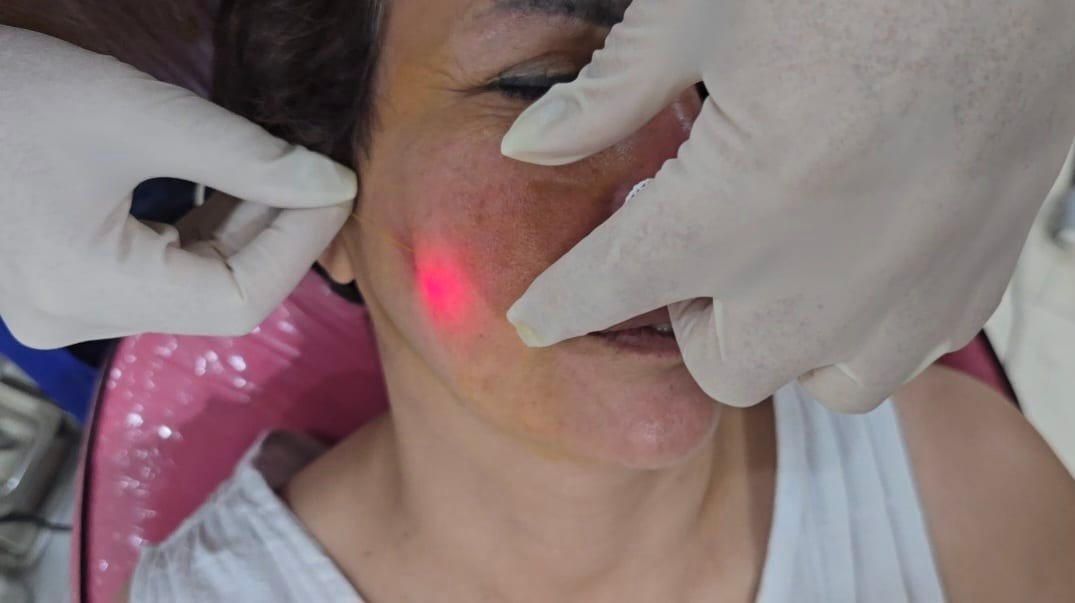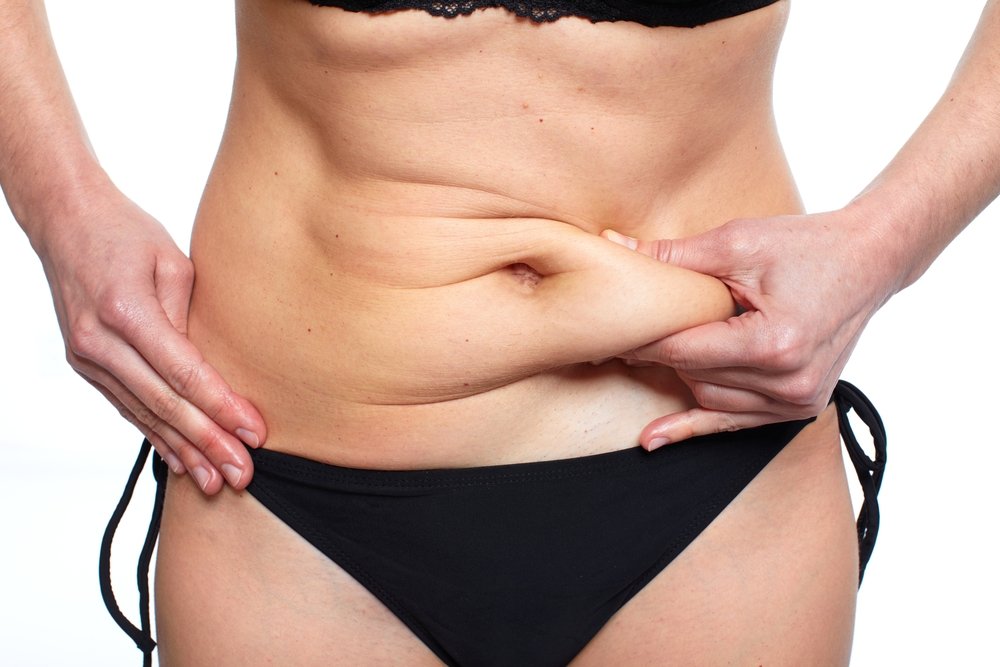When considering body contouring treatments in Dubai, understanding the differences between non-surgical and surgical liposuction is crucial. Both methods aim to reduce localized fat deposits, but they differ significantly in techniques, recovery times, costs, and results. This guide provides a comprehensive comparison to help you make an informed decision. Whether you’re targeting stubborn fat pockets or looking for a more defined silhouette, both approaches offer unique advantages. Let’s explore the differences, results, recovery, costs, and ideal candidates.
Understanding Surgical Liposuction:
Surgical liposuction is a traditional fat removal method involving incisions, suction, and anesthesia. It’s ideal for those seeking dramatic fat reduction.
Key Highlights of Surgical Liposuction:
- Invasive procedure performed under general or local anesthesia
- Targets large fat deposits in areas like the abdomen, thighs, and arms
- Uses a cannula to suction fat cells permanently
- Offers immediate and noticeable results after recovery
- Downtime typically lasts 1-2 weeks depending on treatment area
This method is recommended for individuals who want a more sculpted look and are comfortable with surgical recovery time.
What Is Liposuction?
Liposuction (شفط الدهون)is a cosmetic procedure designed to remove excess fat from specific areas of the body, such as the abdomen, thighs, arms, and chin. The primary goal is to contour and reshape these areas, enhancing overall body proportions
Non-Surgical Liposuction: Minimally Invasive Alternatives:
Non-surgical lipo refers to various fat reduction treatments that do not require incisions or general anesthesia. These procedures are designed to target and reduce stubborn fat deposits with minimal downtime.
Understanding Non-Surgical Liposuction:
Non-surgical liposuction offers a less invasive alternative with no incisions, anesthesia, or hospital stay. Technologies like cryolipolysis (CoolSculpting), laser lipolysis, and radiofrequency are used to destroy fat cells.
Key Highlights of Non-Surgical Liposuction:
- Non-invasive or minimally invasive
- No downtime or recovery period
- Best suited for small to moderate fat bulges
- Multiple sessions may be needed for full results
- No need for anesthesia or hospital admission
Perfect for those with a busy lifestyle or fear of surgery, non-surgical methods cater to those wanting subtle yet consistent fat reduction.
Common Non-Surgical Liposuction Methods:
- Cryolipolysis (CoolSculpting): Uses cold temperatures to freeze and eliminate fat cells.
- Laser Lipolysis (SculpSure): Employs laser energy to heat and destroy fat cells.
- Radiofrequency Lipolysis (Vanquish): Utilizes radiofrequency energy to heat and reduce fat.
- Ultrasound Cavitation: Applies ultrasound waves to break down fat cells.
Advantages of Non-Surgical Lipo:
- Minimal Downtime: Most patients resume normal activities immediately.
- No Incisions or Scarring: Reduces the risk of complications.
- Non-Invasive: No anesthesia required.
- Suitable for Small Fat Deposits: Ideal for areas like the chin, flanks, and thighs.
Limitations:
- Gradual Results: Visible changes may take several weeks to become apparent.
- Multiple Sessions Required: Optimal results often necessitate multiple treatments.
- Limited Fat Removal: Best suited for small, localized fat areas.
Surgical Liposuction: Traditional Fat Removal:
Surgical lipo involves the removal of fat through small incisions using a cannula and suction technique. It’s a more invasive procedure compared to non-surgical methods.
Types of Surgical Liposuction:
- Tumescent Lipo: Involves injecting a solution to minimize bleeding and facilitate fat removal.
- Ultrasound-Assisted Liposuction (VASER): Uses ultrasound energy to liquefy fat for easier removal.
- Laser-Assisted Liposuction (SmartLipo): Employs laser energy to melt fat before suctioning.
Benefits of Surgical Liposuction:
- Immediate Results: Significant fat removal can be seen immediately post-procedure.
- Suitable for Larger Fat Deposits: Effective for areas with substantial fat accumulation.
- Long-Lasting Outcomes: Results are typically permanent with proper maintenance.
Considerations:
- Longer Recovery Time: Patients may require several days to weeks for full recovery.
- Anesthesia Required: General or local anesthesia is administered during the procedure.
- Potential Risks: Includes infection, scarring, and anesthesia-related complications.
Comparison Table: Non-Surgical vs Surgical Lipo
| Feature | Non-Surgical Liposuction | Surgical Liposuction |
|---|---|---|
| Procedure Type | Non-invasive | Surgical |
| Anesthesia | Not required | Required |
| Recovery Time | Minimal | Several days to weeks |
| Downtime | None | 7-10 days |
| Results Onset | 4-12 weeks | Immediate |
| Fat Reduction | 20-25% | 70-80% |
| Best For | Small, localized fat areas | Larger fat deposits |
| Risks | Minimal | Moderate to high |
Choosing the Right Option:
Selecting between non-surgical and surgical liposuction depends on various factors, including:
- Amount of Fat: Extensive fat deposits may require surgical intervention.
- Desired Results: Immediate and significant fat removal leans towards surgery.
- Recovery Considerations: Non-surgical methods offer quicker recovery times.
- Budget: Non-surgical options are generally more affordable.
Frequently Asked Questions (FAQs):
1. How long do the results of non-surgical liposuction last?
Results can be long-lasting with a healthy lifestyle, though maintenance treatments may be necessary over time.
2. Is surgical liposuction safe?
When performed by a qualified and experienced surgeon, surgical lipo is generally safe. However, like any surgery, it carries inherent risks.
3. Can non-surgical liposuction be performed on any part of the body?
Non-surgical lipo is effective on areas with small to moderate fat deposits, such as the abdomen, thighs, and flanks.
4. Will insurance cover the cost of liposuction?
Typically, lipo is considered a cosmetic procedure and is not covered by insurance.
5. How can I maintain the results of lipo?
Maintaining a balanced diet, regular exercise, and a healthy lifestyle are crucial to preserving the results.
















Leave a Reply